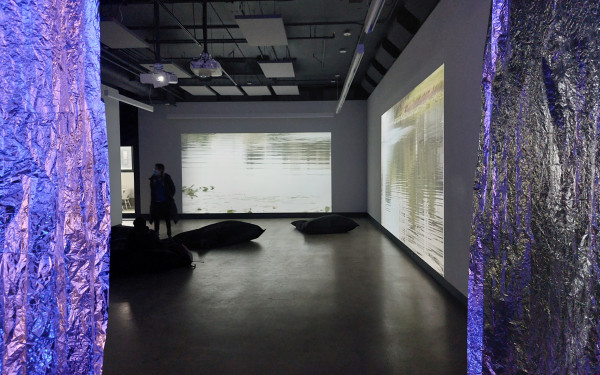Hollywood has a diversity problem
How shifting social values are reshaping representation in media
Throughout its history, Hollywood has shaped many views of itself and the world.
Iconic shows such as Friends mirror an era with a great lack of diversity, leaving many feeling unseen. Despite their popularity and blend of humour and reliability, this iconic show, and various shows of the same decade, would not have had the same success if they were released today.
The type of comedy used in Friends and other sitcoms of that era, like Seinfeld and Married… with Children, has caused quite a bit of controversy lately. Multiple jokes have included body shaming, toxic relationships and workplace harassment, and mishandling of gender roles and LGBTQIA+ representation. Jokes that once made everybody laugh, would not be received well in a contemporary context that prioritizes sensitivity and inclusivity. They promoted fatphobic, homophobic and racist behaviour. The jokes seemed harmless, but perpetuated stereotypical tropes about marginalized communities.
Over the years, society has evolved to be more sensitive to issues of identity, representation and social justice. With growing awareness of the need for equality, the conversation has shifted toward respecting diversity and promoting inclusivity. People are now conscious of how humour, language and media portray marginalized groups, and there’s a stronger emphasis on avoiding harmful stereotypes. In today's landscape, where audiences demand more authentic representation, the absence of diverse voices would be instantly noticed.
In recent years, films and TV shows have made significant strides toward more inclusive casting and storylines. From series such as Bridgerton and Atypical to movies like Black Panther and Crazy Rich Asians, recent media has highlighted the importance of representation, not just for visibility but to foster cultural understanding. By showcasing diverse backgrounds, these productions have helped bring more nuanced perspectives into mainstream media, proving that stories from all cultures can resonate with wide audiences. The success of these shows is a testament to the importance of diversity in the media. By adding characters from different ethnicities, sexual orientations and socioeconomic statuses, they offer more perspectives on subjects like love, friendship and life. It reflects the world we live in today, where diversity and representation are crucial to how people connect with media. When diverse voices are included, audiences tend to respond more positively, not just for representation, but for the depth and complexity that diverse characters bring to the table.
For decades, diversity was not a priority in mainstream media for a number of reasons. Historically, network television and film industries were predominantly controlled by white executives and producers, who shaped narratives and casting decisions based on their own perspectives and market biases. These biases led to a tendency to prioritize the familiar, largely white, narratives and the belief that audiences would only connect with characters who fit Eurocentric standards.
However, this began to change as social movements like the American Civil Rights Movement, feminism, and LGBTQIA+ activism gained momentum in the late 20th century. As societies became more conscious of systemic inequities, the cultural atmosphere began to shift, highlighting the importance of inclusion, representation and authentic storytelling. Social media, too, has had an enormous influence in creating dialogue about media representation, allowing marginalized voices to amplify their experiences and challenge traditional media narratives. This cultural shift stems from a growing demand for equity, visibility and acknowledgment of diverse lived experiences.
Older sitcoms and films bring forward important questions about the representation in mainstream media, especially when comparing viewership between an all-white cast and an all-Black cast. Over the years, theories have emerged suggesting that the plot of Friends was inspired by the predominantly Black sitcom Living Single, which aired for the first time a year before Friends. The little success that Living Single had compared to Friends showcases the biases that were prevalent in media back then. While Friends became a massive success, Living Single was an underappreciated show despite tackling similar themes.
Modern audiences have shown that representation enhances connection and engagement. Seeing characters and stories that reflect varied backgrounds, experiences and identities allows viewers to see themselves in media and connect with those narratives on a personal level. Studies have indicated that diverse representation is not just about visibility but about fostering empathy and relatability. A 2024 report by the Annenberg Inclusion Initiative found that while diversity on screen has improved, there is still much progress to be made. According to their findings, women, people of colour and LGBTQIA+ individuals remain underrepresented both on screen and behind the scenes in Hollywood.
Representation matters, and audiences want more of it.
Nowadays, we look back on multiple classics with a sour smile as the jokes, once seeming harmless or funny, are now outdated and sometimes offensive. This cultural shift reflects the broader societal change toward empathy and understanding. As society continues to become more sensitive and inclusive, the media must adapt to foster a more respectful and inclusive culture that resonates with all viewers.


_600_832_s.png)


_600_375_90_s_c1.jpg)
